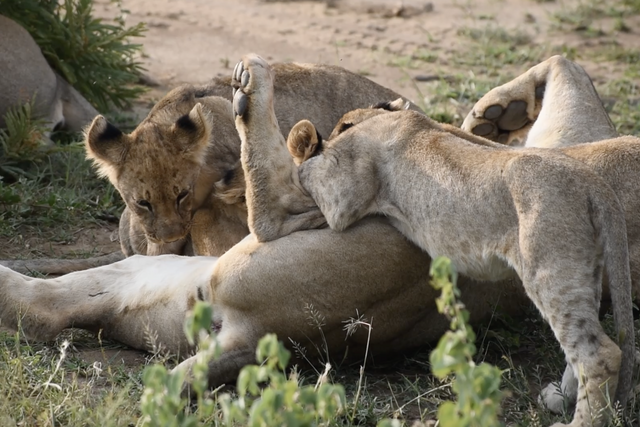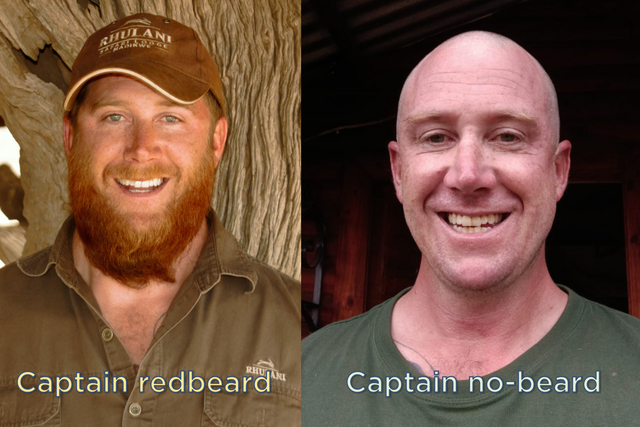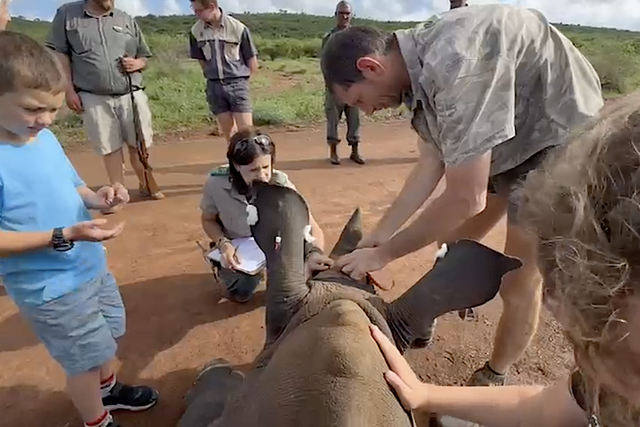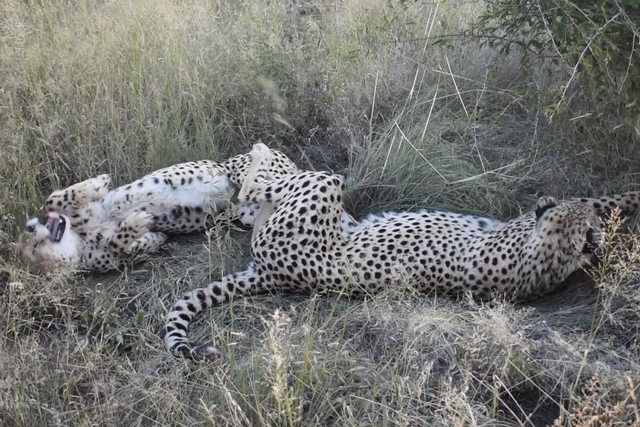Monitoring these particular two cheetahs is very important
The whole attention is given currently to the two cheetahs males which were introduced a few days ago in Madikwe Game Reserve. We have reported about this release (see here). Why is the monitoring of the first movements so important?
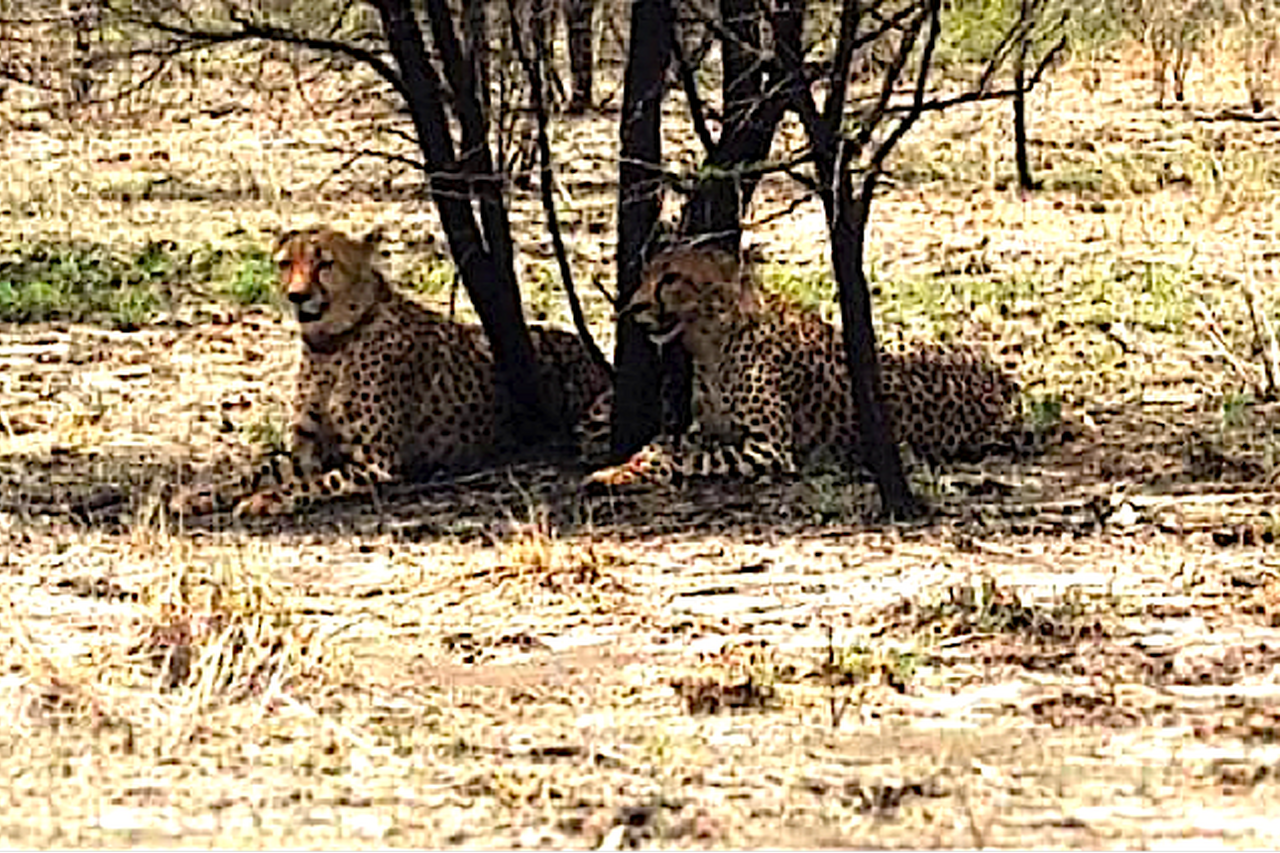

“Monitoring these particular two animals is very important”, says Declan Hofmeyr, Environmental Management Inspector. The two males have, through a combination of circumstance, been in a boma for nine months. The majority of predators that are free roaming and self-sufficient prior to being in a boma situation will, within a few days, make a successful kill but there are a few who struggle for whatever reason. In the case of cheetah, due mostly to the rarity of competition (predator) aware cheetah, this is extremely important and we must make every effort to monitor whether or not they have successfully adapted to freedom.”
Now, the first step is complete. The cheetahs found water and drank immediately after the release. In fact they found two different water sources so they can go back to those sources if they want. The next step is successfully hunting. There are indications that they have killed something small. There was what looked like blood on one’s cheek and neck with no obvious sign of injury.
They have walked 15.1 km in the first two days since releaseDeclan Hofmeyr, Environmental Management Inspector, Madikwe
Hofmeyr says: “They have walked 15.1 km in the first two days since release. You can see they are exploring but it looks like on two occasions something disturbed them and they moved short distances before settling again. In addition it looks like they may have made a small kill. They were in a particular spot, walked away and then returned to the same spot. Unfortunately elephants stopped us walking into the thicket in which they were sitting.”
Step three involves surviving losing their kill to another predator. Cheetah are at the bottom of the large predator hierarchy. The only competitor they can realistically normally confront in competition for food is the brown hyena. But losing their kill is not necessarily a bad thing. It means they survived a confrontation with something that they recognised was a threat. "Losing their kills repeatedly is a problem and this we’ll need to monitor", says Hofmeyr.

